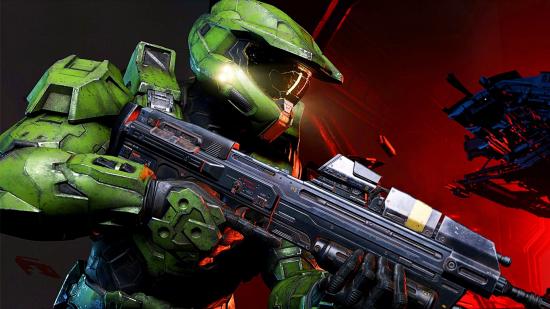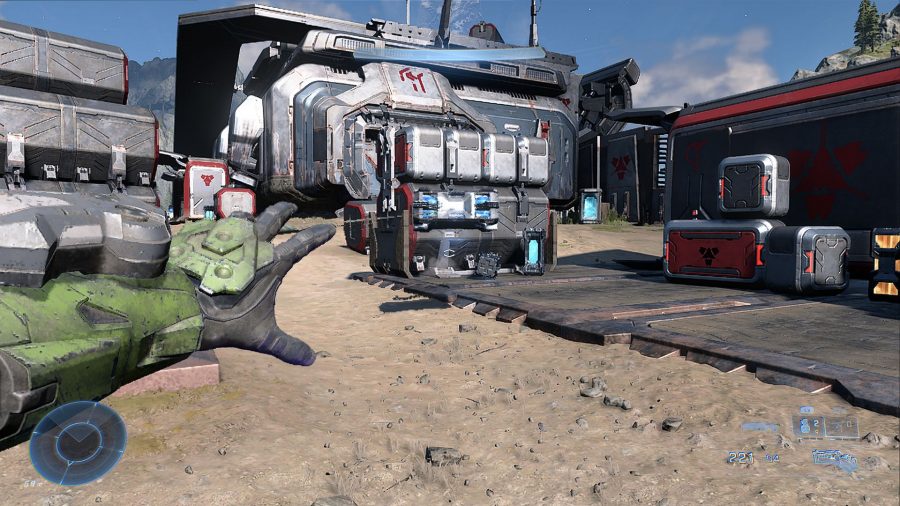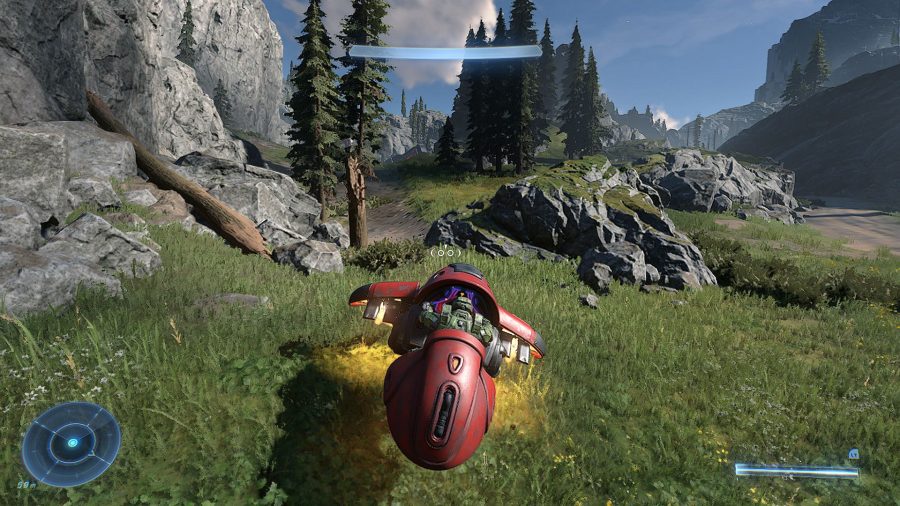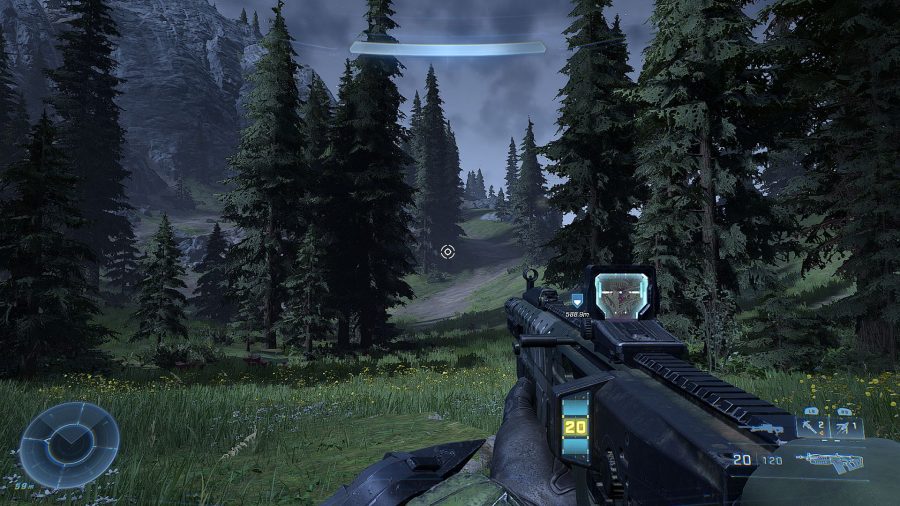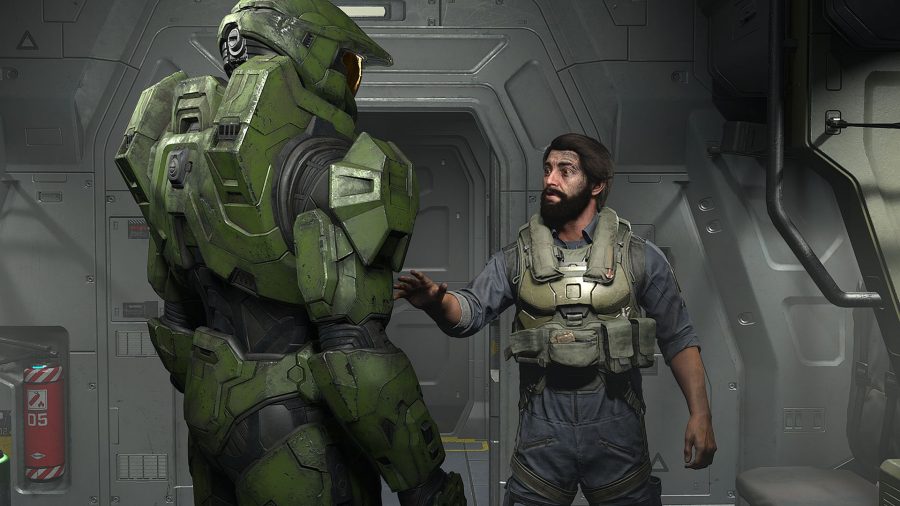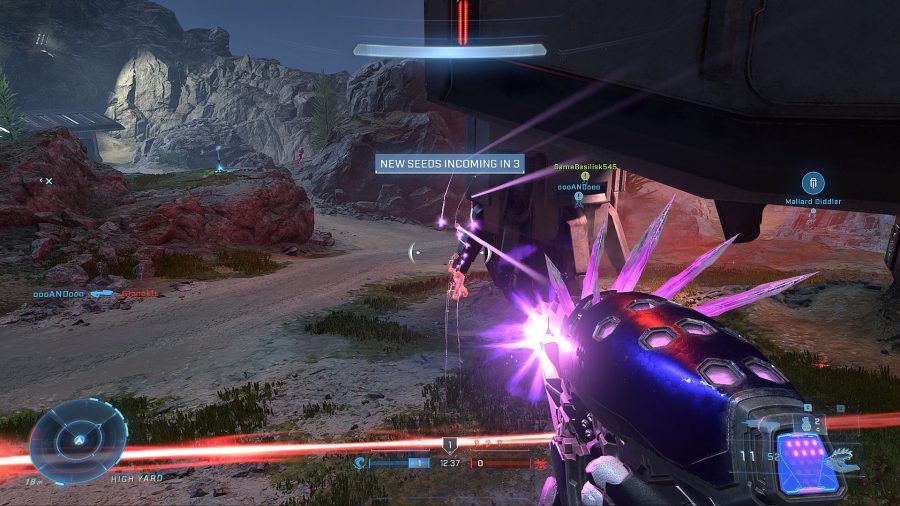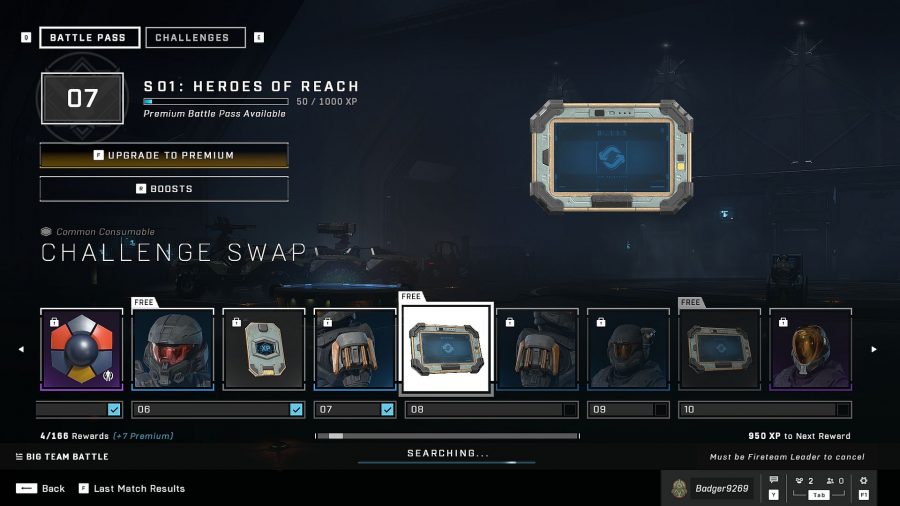Our Verdict
A phenomenal single-player experience that competes with the best this iconic series has to offer. Multiplayer needs a fair few structural tweaks, but still ultimately sparks joy.
As the series that did more than any other to establish not only the original Xbox but all of its successors, Halo holds a special place in the hearts of gamers worldwide. It has also always felt like a console IP.
The admittedly disappointing Halo 5: Guardians still isn’t playable on PC, and many of its predecessors only arrived on our towers very recently with the Master Chief Collection. Now, more than six years after Halo 5, the world is soon to have a new main-sequence Halo game, and it’s releasing day-and-date on PC for the first time ever. Halo Infinite has a lot of pressure, and excitement, resting on its shoulders.
But my God does it deliver. You’ll feel it the first time that iconic orchestral score swells in the heat of battle. Perhaps you’ll be hunkering in cover waiting for your shields to recharge, when suddenly that bom bom bom bommm makes you realise that, wait a minute, you’re the Master Chief. Screw hiding from the Covenant – er, I mean the ‘Banished’ – it’s time to rush out guns blazing, to throw a fuel cell into the face of the nearest Brute with your grapple hook while you pop the head off a dozen grunts with your trusty BR55. Halo Infinite manages to make you feel like a badass in almost every battle, whether you’re sniping from a clifftop you’ve just scaled, or mowing down foes in a Warthog full of comrade marines.
The weapons are the fundamental components of combat in any FPS game, and I’m pleased to say that for the most part developer 343 Industries has smashed it. Despite the variety of over 20 different options, each gun has unique benefits and drawbacks that keep the choice engaging: switching to the plasma rifle to knock the shield off a Jackal and then back to the VK78 Commando to get a snappy headshot never gets old. Given the scale of the world, the fact Master Chief still hasn’t found a way to pack more than two weapons for different situations feels a little dated, but to change this would likely upset the tense and quintessentially Halo decision of whether to pick up a sensible battle rifle or hold onto your precious yet impractical Gravity Hammer a little longer.
Of course, weapons aren’t the only tools in your arsenal. You’ll unlock various pieces of equipment throughout the campaign, but Chief gets access to the new grapple hook from the start, and it’s a complete game changer. You can pull weapons to you from across the battlefield, summon fuel cells to use as makeshift grenades, pull yourself over to an enemy to batter them with said Gravity Hammer, or even hijack their vehicles from range. I managed to get my hands on a Banshee far earlier than anticipated simply by ziplining over to it.
Infinite’s levels have clearly been designed with the grapple in mind, lending a much greater sense of verticality and thus a whole new tactical dimension to combat. In fact, the versatility and sheer fun of the grapple can leave your other equipment feeling lacklustre. Who wants a dodge boost when you can scale a building? Who needs to drop a wall-shield when you can zoom behind some crates? Equipment items can admittedly be swapped very quickly using hotkeys on a keyboard (it’s a bit clumsier on a controller), but even still the only other item I used was the battle scanner, which can reveal cloaked Elites waiting in ambush. All your equipment can be upgraded with Spartan Cores, which you can find scattered about the open world, but again, the grapple upgrade was all I really focused on – it delivers a hugely satisfying slam that stuns enemies within an area of effect.
All in all, firefights feel like classic Halo at their base, but there are a few changes to the formula. Some veteran players might find these jarring, but they give Infinite’s combat a distinctive flair. The bigger change is to the context in which fights occur, as with Infinite, Halo has gone open world.
Chief can go anywhere across Zeta-Halo – the Halo ring on which Infinite is set – at any time, and tackle side missions in any order. Many of these, such as base-capture missions, are typical of the open-world genre and hardly revolutionary, but they fit surprisingly well into Halo’s universe. There’s a disappointing lack of variety, but the rate of progression through the game helps keep them feeling too repetitive.
The main story missions are each bespoke and more closely reflect the traditional Halo experience. I finished the campaign and the majority of the major open-world elements in under 14 hours, though there are plenty of additional collectables to hunt down, such as skins for multiplayer, that would extend this playtime for those who want more. I found it refreshing for an open-world game not to out-stay its welcome, but if you were expecting a 40-hour epic, be advised this is not that.
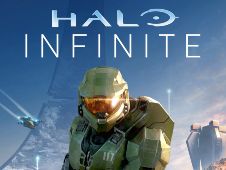 Halo Infinite Halo Infinite $59.99 Pre-order Network N earns commission from qualifying purchases via Microsoft and other programs.
Halo Infinite Halo Infinite $59.99 Pre-order Network N earns commission from qualifying purchases via Microsoft and other programs.
Halo’s vehicle combat has always produced some of the series’ best-loved moments (I still chuckle at “tank beats everything“), and with all this added space, riding around on a Mongoose has never felt better. Most of your activity will earn you Valor points, which is as much a progression system as it is a currency you spend. Valor unlocks new weapons and vehicles from Forward Operating Bases, or FOBs. These FOBs are your fast-travel points, where you can also restock on your favourite UNSC weapons and, from the mid- game onward, even hop into a Scorpion tank or Wasp gunship to trivialise many fights in the most fun way possible.
Zeta-Halo looks phenomenal, and I frequently paused between firefights to take in the view. I played with most settings on ultra and suffered little to no performance setbacks, so it was disappointing to find that cutscenes were seemingly locked at a lower fps than gameplay – the otherwise glorious facial animations of the supporting cast often looked choppy (for reference, I’m running an Intel i7-10700kf, an RTX 3060Ti, and 16GB of RAM; here are the full Halo Infinite system requirements).
That cast is relatively small, but each character is beautifully realised, and their actors deliver charismatic and often powerful performances: the contrast as Master Chief’s stoic pragmatism plays off the raw human emotions of one of his companions is genuinely moving. Though he remains taciturn, this is definitely the chattiest we’ve seen Chief in a Halo game, and that’s true of his enemies, too. The quips and callouts as you charge into hordes of Grunts, Elites, and Brutes carries a frantic energy that adds character, emotion, and authenticity to gunfights.
Overall, the single-player experience is a triumph that will satisfy long-term fans and definitely has something to offer newcomers, though the plot does assume you’ve kept up with the story so far.
As you may have heard, Infinite’s multiplayer has had a more mixed reception. It’s been available for almost a month now, and is free to play with a purchasable battle pass and cash shop. While technically still in beta at the time of writing, 343 Industries has launched Season One, suggesting the studio considers it ready for a large audience.
The core gameplay will pull hard on the nostalgia cord of anyone who’s played Halo multiplayer before. 343 has nailed the frenetic arena battle system of Halo 3 and Reach, while updating their more dated elements to bring this unique experience into the modern age. Multiplayer is the reason Infinite will be talked about for years to come, so it makes sense that 343 has put so much effort into honing its gameplay. Which is why it’s so jarring to find many surrounding elements that undermine this good work.
Currently, you can’t choose which game mode to queue for. This might lead to better-populated lobbies, but it’s a recipe for constant frustration. I enjoyed the classic team deathmatch mode Slayer the most, but the quick-play queue wound up shoving me into three consecutive games of capture the flag – my least favourite mode. And much as I enjoyed playing on the same team as my friends, it was also disappointing that we couldn’t take each other on due to the lack of a free-for-all playlist. 343 community manager John Junyszek has confirmed that separate playlists are in the works and due before the end of the year, which is welcome news, but as it stands their omission is a real pain point.
When I did decide to queue as a four with my friends, quick play was at its absolute best, with comms full of laughter, curses, and hastily shouted callouts. Infinite’s squad system shows off your team at the start of the game, and we had great fun picking the ugliest colour scheme we could, the better to intimidate our opponents.
So why, when queuing for the 16-vs-16 Big Team Battle, were we shuffled into random squads rather than sticking together? In these larger matches your four-person squad is still highlighted in a different colour than the rest of your team to pick them out on the battlefield, but we never once ended up in the same four-person squad despite joining the queue that way. I’d like to hope this is some kind of bug, because if it’s a choice by 343 it’s a confusing and frustrating one.
Multiplayer’s progression system has also been subject to much ire from the community since its release, with lacklustre rewards for those who don’t purchase the premium battle pass, and aggressively gated ones for those who do. There’s also a cash shop on top of this where you can purchase unique skins – gone are the days when you could show off armour that you’d earned through committed or skilled gameplay, or so it seems.
Battle pass progress is earned both through playing games and by completing challenges, such as making a certain number of kills with the battle rifle, or ending another player’s killstreak. Getting a random challenge to score kills with a suboptimal gun like the Mangler is never much fun, and due to the random nature of Infinite’s matchmaking system, it’s possible to get dealt a map that doesn’t even spawn the weapons you need to complete some of these challenges. But again, 343 is listening to feedback, and has already tweaked the battle pass to increase the progress earned just by playing each day.
The core gameplay is still magnificent, and some of the most enjoyable team-based FPS gaming I’ve experienced. Halo’s multiplayer still feels like little else on the market, due to its in-map weapon spawns and increased time-to-kill compared to with the likes of Call of Duty and Battlefield, so it’s unfortunate that it’s been marred by a grindy battle pass and poorly realised matchmaking. Let’s hope the devs continue to listen to the community and that these rough edges are smoothed out over the coming weeks and months.
